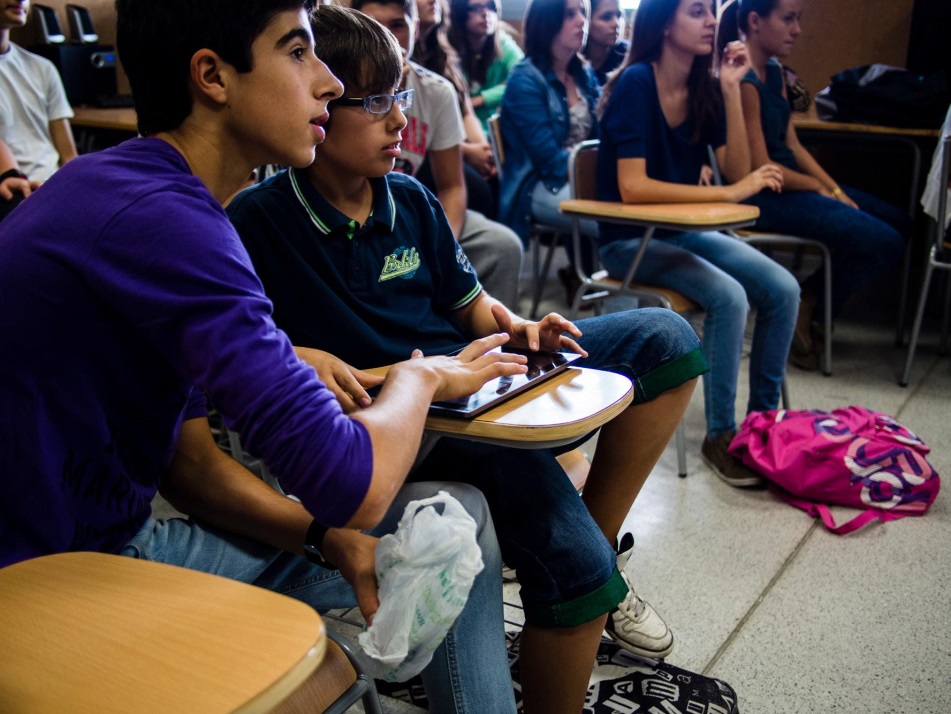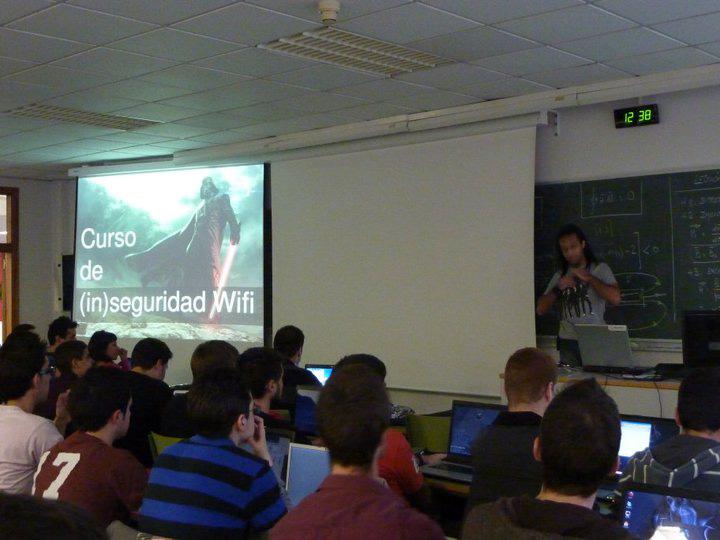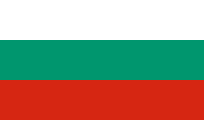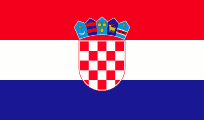Promoting STEM Studies among Young Students
Carmen Bachiller
Description
Keywords: Science; Technology; Engineering; Mathematics; promotion; young students; vocation
H2020 challenge: Europe in a changing world – inclusive, innovative and reflective societies
Knowledge and skills (P: prerequisite; D: desirable, but not necessary): to have a previous knowledge on the situation of STEM studies in the student country as well as interests and vocations of young students (P); to be sensitive to gender and socioeconomic inequality aspects; to have a previous knowledge and skills on ICT resources (P); to be innovative, curious, proactive and open-minded (D); to be prepared to work in multidisciplinary and multicultural teams (D)
Despite that the number of ICT jobs decreased a 10% in Europe during the period 2006-2010, it is expected that Europe will require one million of ICT professionals in a short future. Moreover it is a fact that a good development in ICT is crucial to face economic or social crisis. Nevertheless, two main factors that contribute to maintaining, or even worsening, this situation are: i) setup of high school studies; and ii) perception pupils have regarding technological studies [2].
On the one hand, the balance among Arts, Humanities and Social Sciences, and Science and Technology in secondary studies and Baccalaureate is not uniform neither agreed in all European countries. In some high schools the Science and Technology Baccalaureate is not fully completed due to a lack of material resources (a science laboratory is far more expensive than a conventional classroom). Moreover, Technology and Computing syllabuses are sometimes optional and programs of Mathematics and Physics are less extensive than during the 90’s and 2000’s decades.
Additionally to this scenario, students have a negative perception of technological studies: difficult and poorly paid. Finally, but not less important, society perceives that ICT professionals are nerds and media presents them as funny strange people without glamour. This is completely obvious if we make the comparison between The Bing Bang Theory and CSI characters where both characters are supposedly scientists. It is even worse if compared with the image of other professionals as lawyers, doctors or brokers [4]. Moreover STEM studies are less attractive to girls – only a 10% to a 20% of ICT students are women, and those numbers are not increasing throughout the time [5].
Five INNOSOC students, supervised by two INNOSOC lecturers, will collaborate on answering how to reverse this situation by the promotion of STEM vocations among Secondary and High Schools students [3][6]. The key idea is that University students, who are closer to these young students in age and culture, develop new strategies of promotion. These activities will be conducted as a part of the ERASMUS+ blended mobility and will be finalized during the INNOSOC Zagreb 2016 workshop in late April 2016.
In order to succeed in this field, it will be crucial that new generations, who are digital natives and users in European society, deeply dominate the technological languages as well. These technological skills will make European society independent of external factors and will allow us to develop social policies, integration and international cooperation which are our own. Giving young people skills in STEM disciplines will allow EU to tackle H2020 challenges, since most of them are connected with an advanced technology development. Access to STEM disciplines for the most disadvantaged groups of population should also be ensured, as a way to promote their development and integration, in that way actively working to eliminate the digital gap inside the EU. Finally, the downward trend of girls going for technological vocations should be reversed. Poor technological skills will take them to a worse professional and social development thus improving the gender wage gap and inequality level.
Intercultural topics, with focus on “Multicultural teams”. Different STEM students from different countries will discuss situations in their countries and ideas to promote the STEM studies. It is expected that they focus on: i) gender gap of these studies; and ii) access to the ICT resources in different communities.
ICT topics, with focus on “Innovative engineering based on ICT”. ICT resources are crucial to promote STEM studies: audio visual information, social networks, open access platforms, information and courses, on-line studies, multiple platforms and non-traditional teaching and learning strategies.
Student projects, with focus on “Case studies on how ICT can contribute to innovative societal development”. University students enrolled in STEM studies will raise ideas to encourage Secondary and High School students to follow the STEM-based careers. Their view is very valuable since they are closer in age and culture.
Questions that need answers
- Which is the current situation of STEM studies is your own country? Has it improved or decreased in the last 10 years?
- How is the access to STEM studies from Secondary/High School studies in your own country?
- What is the percentage of girls addressing these studies in your own country?
- What is the perception that young students have about scientists and engineers?
- How can STEM studies be more attractive to young students and girls in particular?
- What is the most appropriate age for the promotion actions?
- Which promotion actions are more effective?
- Are ICT tools effective for promotion?
- What problems (economic, temporal, logistic, social, personal resources, knowledge, skills…) occur during promotion actions?
- How can benefits of actions be measured?
Case study supervisors
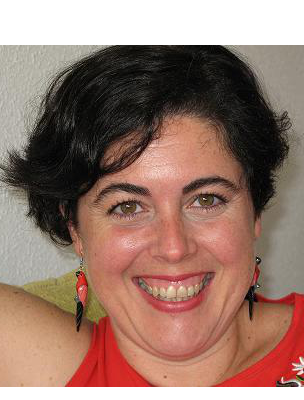
Carmen Bachiller
Lecturer
Case study students

Iskra Lumbeva
INNOSOC 2017 Student
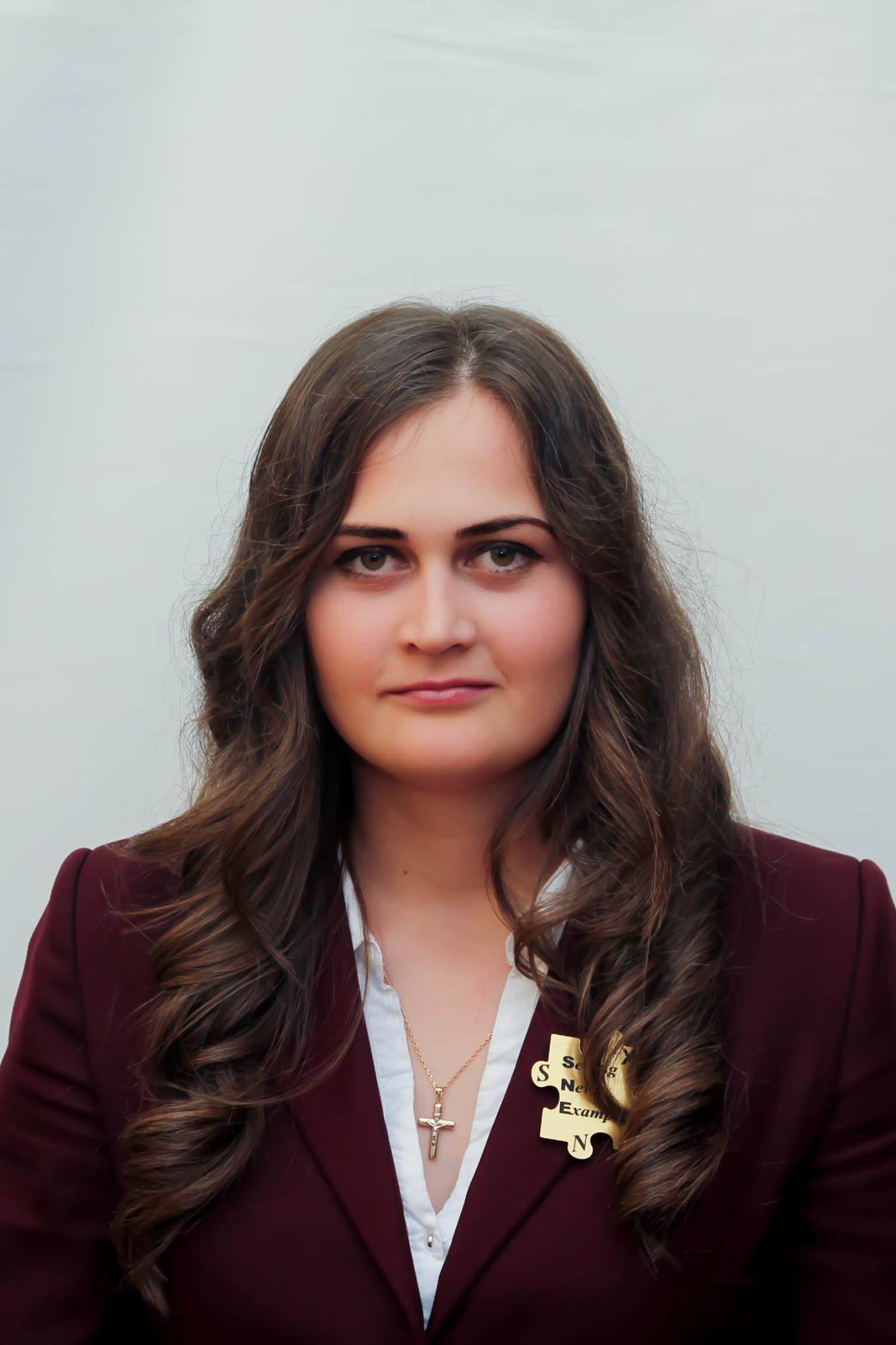
Elena Petruta
INNOSOC 2017 Student
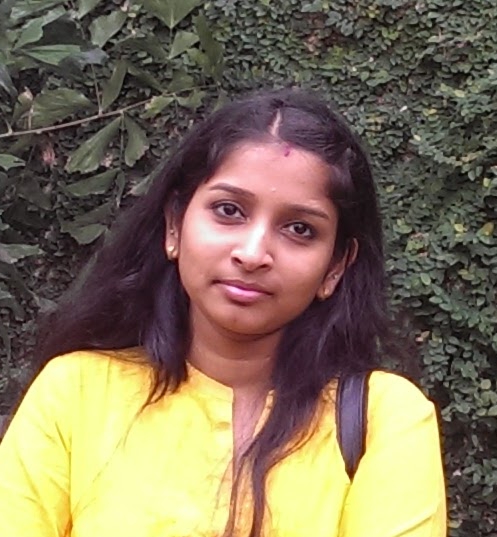
Ravali Vemula
INNOSOC 2017 Student

